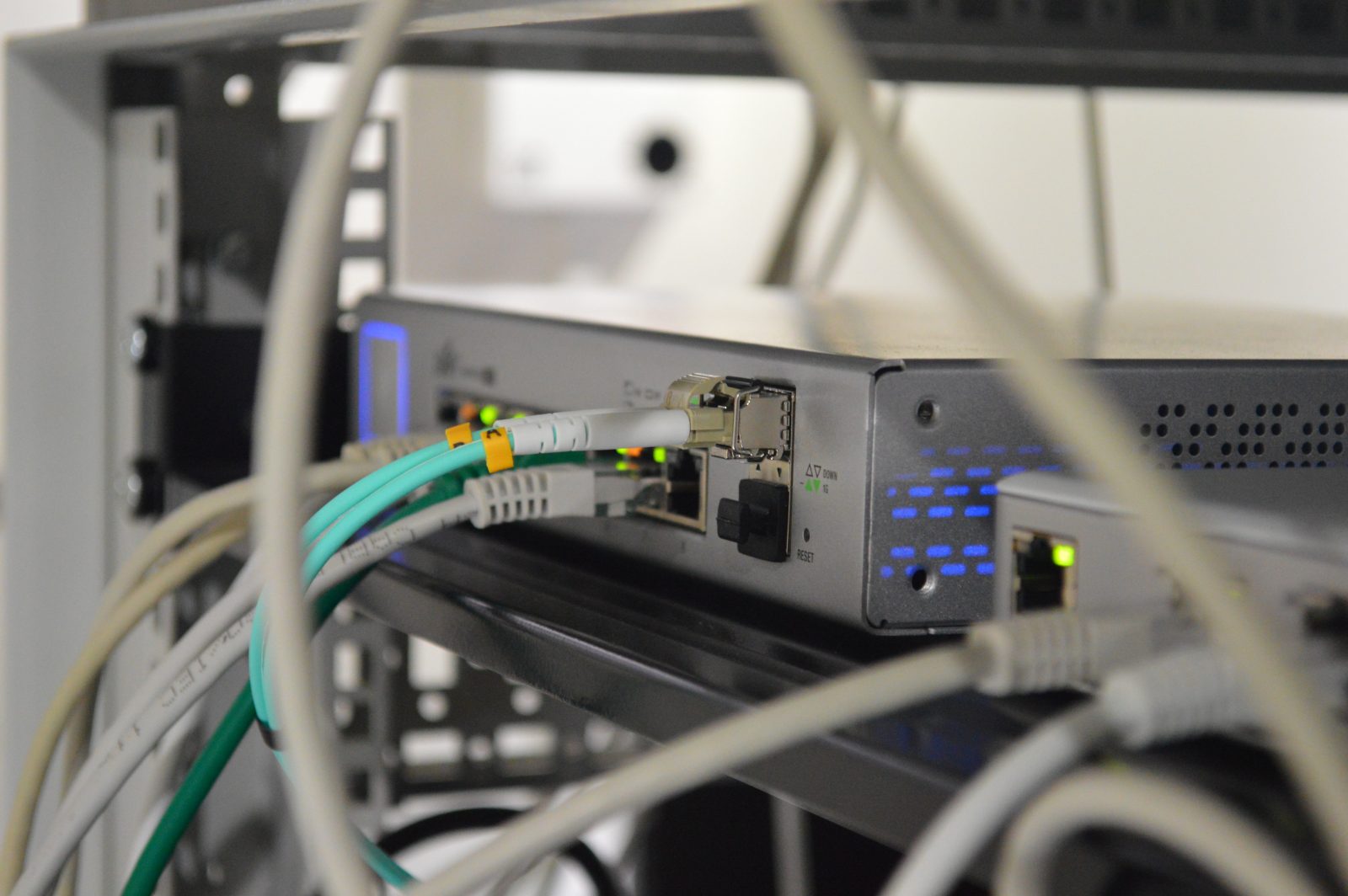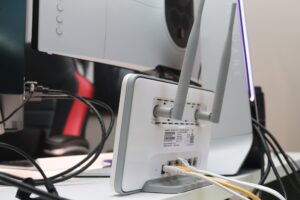
How to Improve the Signal-to-Noise Ratio and Protect Business Continuity with WiFi Automation

WiFi networks have been designed to cope with the challenges present in our daily environments, but they aren’t impervious to these challenges. This is why we can see signal levels rising and falling dramatically depending on an employee’s location and even the time of day. Many times these changes only present short-lived issues and employees are used to adapting or waiting for the network to resume usable performance. Is that really the best we can do though? To expect issues in a resource that is often the backbone of our entire business?
Definitely not. The way to erase WiFi worries and come to expect an optimized experience at all times is through the use of a WiFi Automation platform. To explain how, let’s first talk about the metrics commonly used to define signal strength.
Signal strength
Signal strength can be described in two ways: RSSI and dBm.
RSSI stands for received signal strength indicator. It is a measurement of how well your devices can hear the signal from an AP. Another way of describing it is to say that it indicates the radio frequency (RF) signal strength at each devices’ receiver antenna. The IEEE 802.11 standard states that RSSI can be on a scale of 0 up to 255. Each chipset manufacturer is allowed to define their own max value. You might see one vendor using a 0-100 scale, while another uses a 0-60 scale. What you need to know is that the higher the number, the better the signal.
The other measurement, dBm, stands for decibel milliwatts. dBm is expressed in negative values so, with this metric, you’re looking for the value to be closer to zero for a stronger signal. A reading of -30 dBm probably means that you are standing right next to an AP, while something like -90 dBm would mean the signal is basically unusable. Generally speaking, anything around -67 dBm to -47 dBm is a good target range.
Noise level
Noise refers to any signal interference that doesn’t come from WiFi sources. This can be interference from cordless phones, radar, microwaves, refrigerators, TVs, building materials, large bodies of water like aquariums or pools, etc.
Noise is measured in decibels (db) from 0 to -120. You want a noise level as close to -120dB as possible. Most environments with strongly performing WiFi report a range of -90dB to -98dB. A noise level of 0 is referred to as the noise floor. The closer your WiFi grows to the noise floor, the more you will experience data corruption, frequent retransmissions, and degrading throughput and latency. The more noise there is, the harder it is for WiFi data to be transmitted.
Signal to Noise Ratio (SNR)
This is where everything gets brought together. SNR measures how much WiFi signal is available compared to all the other signals (noise) that can get in the way. If your signal strength is great, but network performance is still spotty, it’s a good idea to check out SNR.
To manually measure SNR, measure both signal and noise, and then subtract noise from the signal strength.
- Example: Signal -60 dBm minus noise -90dB = SNR 30dB
SNR is measured as a positive value between 0dB and 120dB. The higher the number, the clearer your signal. As SNR approaches 0, the signal basically becomes unusable and employees will be unable to perform any WiFi-dependent tasks.
Desired SNR for different network needs
Besides simply wanting a higher value SNR anyway, you also might need a higher SNR depending on the applications running on your WiFi. Downloading and sending data requires a lower SNR; voice applications like VoIP phones require higher SNR; and video applications require the highest ratio.
- Below 10dB: nothing is happening on this WiFi network.
- 10dB to 18dB: you might be able to send and receive a short email, but that’s it.
- 18dB to 25dB: this is good for web browsing and general data needs like downloading and uploading files. 25dB is the recommended minimum for VoIP applications.
- 25dB to 40dB: great for VoIP and for video applications.
- 40dB and above: everything moves lightning fast.
How to measure signal and noise
First, we recommend that you use software designed for WiFi networks. There are different tools on the network that will provide signal and noise measurements so that you can then calculate SNR yourself.
If any of the values are less than optimal and the network is exhibiting poor performance and harming business continuity, you will need complete visibility into the entire RF ecosystem in order to identify the root cause of the problem and resolve it.
Improving the SNR
The only way to improve performance is to know exactly what is causing problems. Does the signal need to be improved? Is there too much noise? Are both metrics to blame?
For example, if the problem is with the signal, do APs need to be moved to different locations? Do they need to be upgraded? Are there unauthorized APs causing interference?
What about noise levels? Are the culprits office microwaves and refrigerators? Radar from security devices? Transmission lines, generators, or power plants?
The only way to know for sure is with complete visibility into the entire RF ecosystem. This includes your network, non-WiFi sources of interference, and nearby networks using the same airspace. Once the problem is identified, it can be resolved. An improved SNR directly leads to improved employee performance and business productivity.
Speed up resolutions and cement optimization
A WiFi Automation platform will keep “eyes” on the RF environment 24/7. It will learn to recognize normal network behavior and immediately alert IT to any changes in that behavior. This proactive approach greatly reduces the Mean-Time-to-Resolution (MTTR) and protects business continuity.
The Wireless Intelligence Platform (WIP) not only provides instant, automatic alerts, but also identifies the root cause of issues and includes actionable suggestions for resolution in its alerts. It is remote capable, allowing IT to troubleshoot and resolve issues from any location. This saves businesses time and money, and improves the end user experience.
Additionally, WIP will:
- Auto-detect rogue APs and clients
- Classify all detected APs as Mine, Known, Unknown, or Unauthorized, and instantly alert IT to any Unknown and Unauthorized APs
- Run its scheduled network tests using WiFi 5 and WiFi 6 technology
- Automatically create graphs with data on Non-WiFi Interference, Noise Level, and RSSI
- Save historical data so that IT can track trends over time and make the best decisions on how to cost-effectively and efficiently optimize the network
Companies using the vendor-agnostic WIP see:
- 90% reduction in MTTR
- 60% decrease in WiFi problem tickets
- 80% reduction in remote site visits
Work with WIP today and always know exactly what your network needs for long-term optimization before signal and noise issues affect end users.


